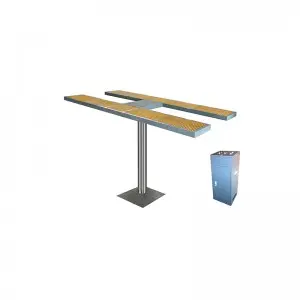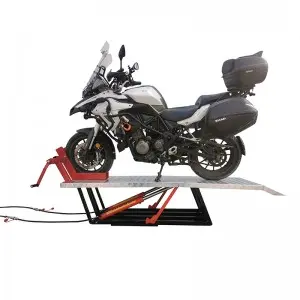Cylinders are a common sight in many industrial applications, as they are used to convert pressure or fluid energy into mechanical force or motion. A cylinder is a simple-shaped object, typically consisting of a straight, circular base and a curved, hollow body. This shape and design enable cylinders to function efficiently and reliably in various applications across different fields. In this article, we will discuss the different types of cylinders and their uses in various industries.
Hydraulic Cylinders
Hydraulic cylinders convert hydraulic fluid energy into linear mechanical force and motion. These cylinders are used in heavy machinery, including construction equipment, mining equipment, and hydraulic presses. They work by converting the pressure generated by the hydraulic fluid into a linear force that can push or lift an object.
Pneumatic Cylinders
Pneumatic cylinders use compressed air to generate force and motion. These cylinders are smaller and lighter than hydraulic cylinders and find application in many industries, including manufacturing, packaging, and automation. Pneumatic cylinders can be double-acting, providing force and motion in both directions.
Pneumatic cylinders are also classified into two types: single-acting and double-acting. Single-acting cylinders produce force and motion in only one direction, as they use air pressure to move the piston in a single direction. Double-acting cylinders, on the other hand, produce force and motion in both directions, as they use air pressure to move the piston in both directions.
Cylinder Design

The Versatile Cylinder: Understanding Its Applications in Different Industries
Cylinders come in different designs, shapes, and sizes, depending on the application. The standard cylinder designs are tie-rod, welded, and ram. Tie-rod cylinders are the most common and are made with a series of tie rods that compress and hold the cylinder body in place. Welded cylinders do not have tie rods and are welded together, forming a single piece. Ram cylinders are a type of hydraulic cylinder that does not have a piston rod and has a hollow ram that moves back and forth.
Applications
Cylinders are used in many different applications across different industries. Here are some examples:
Automotive: Cylinders are used in the engine, transmission, brakes, and suspension systems of vehicles.
Manufacturing: Cylinders are used in conveyor belts, loading and unloading equipment, and assembly lines.
Construction: Cylinders are used in excavators, bulldozers, cranes, and other heavy equipment.
Agriculture: Cylinders are used in farming equipment, including tractors, plows, and harvesters.

The Versatile Cylinder: Understanding Its Applications in Different Industries

The Versatile Cylinder: Understanding Its Applications in Different Industries
Medical: Cylinders are used in medical equipment, including gas cylinders used to store and supply medical gases.
Conclusion
Cylinders are an essential component in many industrial applications, converting pressure or fluid energy into mechanical force and motion. They come in different shapes and sizes, and their design varies depending on the application. Hydraulic cylinders and pneumatic cylinders are the two most common types of cylinders, and their applications span across various industries, including automotive, manufacturing, construction, and agriculture. Understanding the role of cylinders and their different types and designs is essential for anyone involved in designing, installing, or maintaining industrial equipment.ac series



